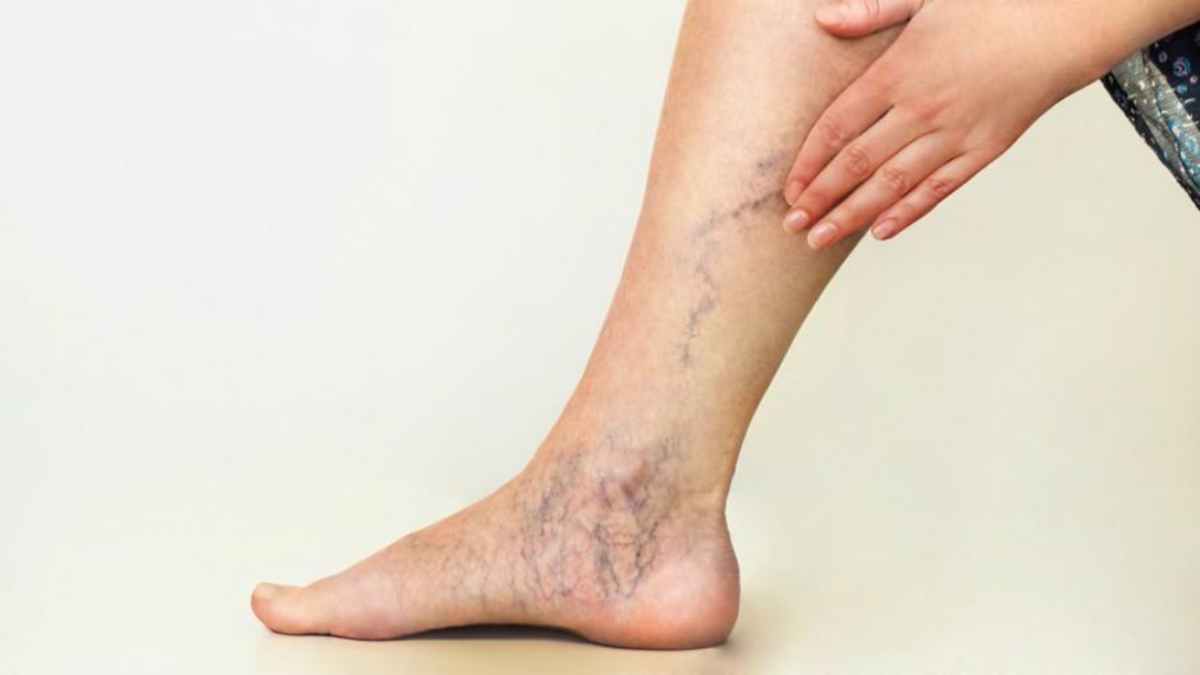
Varicose veins, a common vascular condition characterized by enlarged, twisted veins visible under the skin, are often considered a cosmetic concern. However, they can also cause discomfort and lead to more serious health issues. While varicose veins can affect anyone, research has shown that there are significant differences in the risk and occurrence of this condition between genders. This article aims to delve into these differences, shedding light on the factors that contribute to the gender disparity in varicose veins.
Table of Contents
Understanding Varicose Veins
Varicose veins occur when the one-way valves in the veins, which prevent blood from flowing backward, become weak or damaged. This allows blood to pool in the veins, causing them to enlarge and become varicose. Common symptoms include bulging, bluish veins, aching, swelling, and a heavy feeling in the legs. In severe cases, varicose veins can lead to skin changes, inflammation, and venous ulcers.
Gender Differences in Varicose Veins
Research has consistently shown that women are more likely than men to develop varicose veins. This gender disparity can be attributed to several factors, including hormonal variations, pregnancy, and menopause. Hormones such as estrogen and progesterone, which are higher in women, can relax vein walls, contributing to the formation of varicose veins. Pregnancy increases the volume of blood in the body but decreases blood flow from the legs to the pelvis, which can cause the veins in the legs to become enlarged. Menopause, with its associated hormonal changes, can also increase the risk of varicose veins.
The Role of Hormones
Hormonal variations play a significant role in the development of varicose veins, particularly in women. Estrogen and progesterone, hormones that are higher in women, have been found to relax vein walls, contributing to the formation of varicose veins. These hormones fluctuate throughout a woman’s life, particularly during pregnancy and menopause, periods when the risk of varicose veins increases.
During pregnancy, the volume of blood in the body increases to support the growing fetus, but blood flow from the legs to the pelvis decreases. This can cause the veins in the legs to become enlarged. Menopause, with its associated hormonal changes, can also increase the risk of varicose veins. Hormone replacement therapy (HRT) and birth control pills, both of which affect hormone levels, may also increase the risk.
The Impact of Lifestyle and Occupation
Lifestyle and occupational factors can also contribute to the risk of varicose veins. Jobs that require prolonged standing or sitting can increase pressure in the veins of the lower body, leading to varicose veins. While these risk factors apply to both genders, they can interact with the biological factors mentioned above to increase the risk in women. For instance, a woman who is pregnant and has a job that requires prolonged standing may have a higher risk of developing varicose veins than a man in the same occupation.
Moreover, obesity is a significant risk factor for varicose veins. Excess weight puts additional pressure on the veins, which can lead to their enlargement. Women have higher rates of obesity than men, which may contribute to their higher risk of varicose veins.
Treatment and Management
Treatment for varicose veins can include self-care measures, such as exercise, elevating the legs, and wearing compression stockings, as well as medical procedures, such as sclerotherapy, laser treatment, and surgery. While these treatments can be effective for both men and women, it’s important to note that women may need to consider additional factors, such as plans for future pregnancies, when deciding on treatment options.
Furthermore, weight management can be an important part of managing varicose veins, particularly for women. Regular physical activity and a healthy diet can help maintain a healthy weight and reduce the risk of varicose veins.
Conclusion
Understanding the gender differences in the risk and occurrence of varicose veins can help in the development of targeted prevention and treatment strategies. It’s important for both men and women to be aware of their risk factors and to seek medical advice if they notice signs of varicose veins. Early detection and treatment can help prevent complications and improve quality of life.
To expand your knowledge on varicose veins and potential treatments, read more about the dietary supplements you should consider.